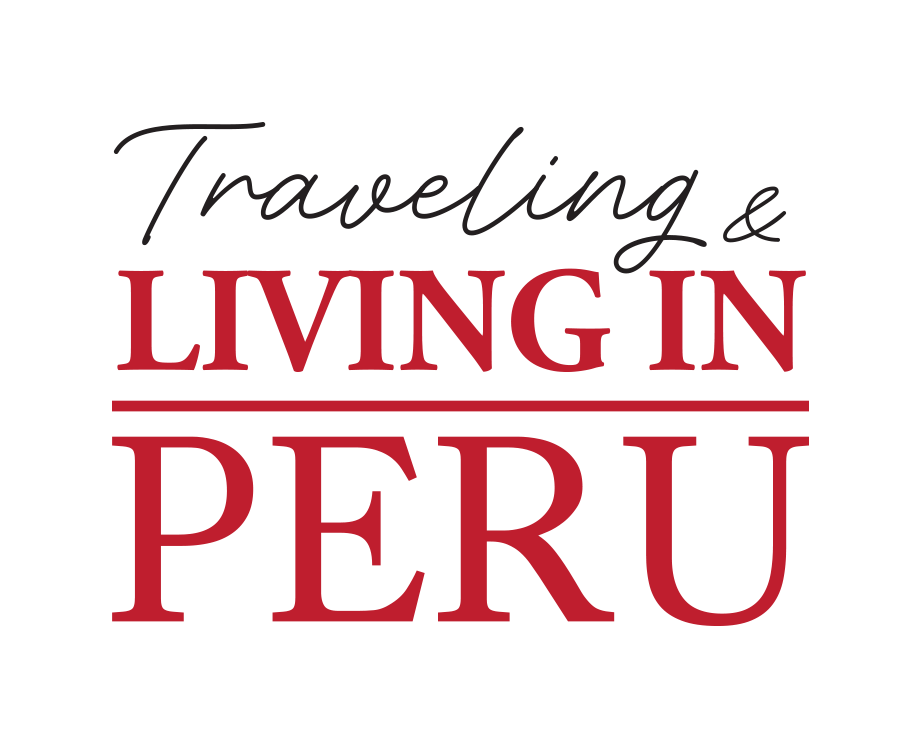Museums, for some, are the definition of boring. Travel & Living in Peru contributor Lola Sanchez-Carrion explains why these three Lima museums are anything but.
I have noticed a bit of a trend amidst travelers and explorers; they love to uncover new cultures and delve into the unfamiliar, but when it comes to setting foot in a museum, many (myself included) hesitate. They stand at the door with one foot in, reluctant, anticipating the boredom about to descend upon them.
I recognize that museums can be a struggle. It’s easy to get lost in the corridors that bear art we don’t fully understand. But museums are important. They pay a tribute to our often forgotten past. In doing so, they increase our understanding of the present and nudge us towards where we’re heading in the very near future.
The three museums I’ve chosen to see in Lima do precisely this. They take us through the tumultuous era of Peruvian terrorism and highlight the fruits of ancient Incan civilizations. They even take us into the creative mind of a globally renowned Peruvian photographer (Mario Testino – heard of him?). Go to these three museums and you’ll see that us peruanos are a multifaceted bunch with many hidden stories and talents.
So, before you hear the word “museum” and throw out a yawn, give these three a chance. I’m sure they’ll keep you on your feet and teach you a thing or two, or three.
1. MATE
Dive into the glorified lens of Mario Testino, Peru’s photographic icon, and prepare to be star-struck.
The museum’s permanent collection pays tribute to Testino’s greatest shots of your favorite celebrities. See Kate Moss, Beyoncé, David Beckham, and many others like you’ve never seen them before.
Walk up to the second floor and to your left you will find a collection of photos that showcase the traditional Peruvian clothing worn by indigenous men and women in Cusco. Turn to the right, and you’ll see an intimate collection of Princess Diana, the last photos taken of her just weeks before she passed away.
More than just showcasing Testino’s claim to fame, the museum also has a gallery displaying art that promotes Peruvian culture. Right now, Katherine Bernhardt’s Watermelon World is on display. This Brooklyn-based artist traveled around Peru creating a collaborative painting series where she took everyday objects—bananas, cigarettes, watermelons, etc.—and outlined them in spray paint. She then invited the people in the communities she visited to color in the lines with her. The results are beautiful.
2. Museo Larco
Former mansion turned tribute to Peruvian past.
Throughout the museum, 3,000-year-old artifacts sit on display and colorful textiles hang on the walls. Ceremonial headpieces, metal suits of armor, and heavy, gold jewelry once worn on the necks and ears of the Incas can be spotted too.
But two things make the museum truly unique: the first is the special room dedicated to erotic pottery, where hundreds of ceramic pots bear sculptures of ancient Incans carefully molded into different sex positions. Everyone who visits this room is sure to get a kick out of the overload of phallic symbols. The second highlight comes right after the art. Take a trip to the museum’s restaurant, where you can sit amidst dangling bougainvillea, sip on pisco sours, and eat some Peruvian classics like lomo saltado.
3. Lugar de la Memoria
Come learn about one of the most violent—and undoubtedly one of the most overlooked—moments in Latin American history at the LUM.
Few of the tourists that stop through Lima know much about the internal conflict that unraveled throughout the country in 1980 and continued for almost two decades. Two radical terrorist groups, the Shining Path and Tupac Amaru Revolutionary Movement, attempted to overthrow the government and, in doing so, killed thousands placing the country in an indefinite state of terror. A museum that paid tribute to these brutalities was long overdue, and its opening was truly historic to the preservation of a moment often forgotten in history.
The first floor of the permanent exhibit includes testimonies of those affected by the brutalities of the terrorist groups. You can listen to them while watching mothers, fathers, husbands, and wives of those killed and wounded directly on screen.
On the second floor you’ll find a collection of artifacts that help explain how the terrorism ultimately subsided. Photos, letters, government documents, and more testimonies help fill in the blanks and explain how the country was able to ultimately prevail.
It really is more than a museum; it’s a cultural hub that pays homage to the thousands executed, missing, or brutally mistreated during the age of Peruvian terrorism. The LUM also continuously organizes guest speakers, temporary interactive exhibits, and other cultural events to continue re-framing and uncovering the narrative about these terrorizing years in Peruvian history.
It is a museum easily overlooked by tourists and known mostly by locals, but I think it’s an absolute must. It also sits atop the Costa Verde and offers generous views of the Peruvian coastline.
Don’t Miss
LARCO MUSEUM IS RANKED AS ONE OF THE 25 BEST MUSEUMS IN THE WORLD
5 UNIQUE MUSEUMS TO SEE IN LIMA
FOUR CULTURAL ACTIVITIES TO DO IN PERU


